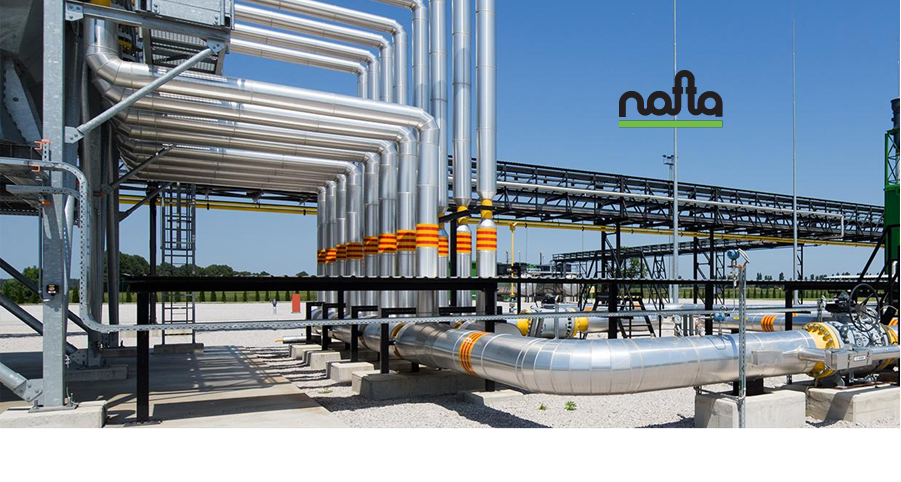
IPCEI’s role is to bring the public and private sectors together for large-scale projects to provide the EU and its citizens with significant benefits. Projects involving more than one Member State are contributing toward the EU’s meeting its objectives and across the Union they are having a significant impact on competitiveness, sustainability and value creation. Research, development and innovation projects are required either to have a significant innovative nature or provide significant added value to the sector’s current state of the art.
H2I projects are intended to concentrate on research and development into the impact of pure hydrogen on gas infrastructure. H2 Infrastructure is specifically composed of two separate projects (transport and storage/distribution), with consideration by the European Commission currently postponed. The assessment also includes “matchmaking” nominated projects, which means providing space in future for potential cooperation in IPCEI projects. A final decision on the projects to be notified is expected by the end of 2021.
Within the realm of H2 Infrastructure, NAFTA is intensively exploring storage. “Our company has been researching energy storage since 2014, when we joined the international consortium behind Underground Sun Storage and since then we have been involved in several projects and professional platforms exactly in this area,” explained NAFTA CEO Martin Bartošovič. “Our participation in H2I S&D sends a clear signal about our interest in developing opportunities in hydrogen storage not just within international consortia, but also under conditions here in Slovakia, where we can build on NAFTA’s many years of experience and topflight technological background in underground gas storage.”
The first phase of H2I S&D has NAFTA experts seeking an appropriate location for storing hydrogen mixed with natural gas. Once an appropriate underground geological structure has been identified, laboratory research will then be carried out. “The research phase includes testing core samples from the selected structure,” points out Roman Závada, head of NAFTA’s innovation department, adding that it would follow a broad spectrum of parameters such as possible geochemical and microbial reactions and changes in the rocks, with laboratory research defining hydrogen concentration in the natural gas mixture that can fluctuate by tens of percent.
The second phase of the project involves constructing a pilot test of the technology to be used to generate hydrogen through water electrolysis. The hydrogen would then be mixed with natural gas at concentrations defined in the first phase of the project, with the mixture stored in underground facilities. The objective is not one-cycle testing, but rather to test multi-cycle production and injection in order to obtain more data about the impact and behavior of hydrogen stored underground, thereby creating a comprehensive image of how it can be stored in specific rock structures. Results from laboratory testing and the models thereby created will also be verified, with the models corrected by real data.
Read the most up to date Fuel Cell and Hydrogen Industry news at FuelCellsWorks




